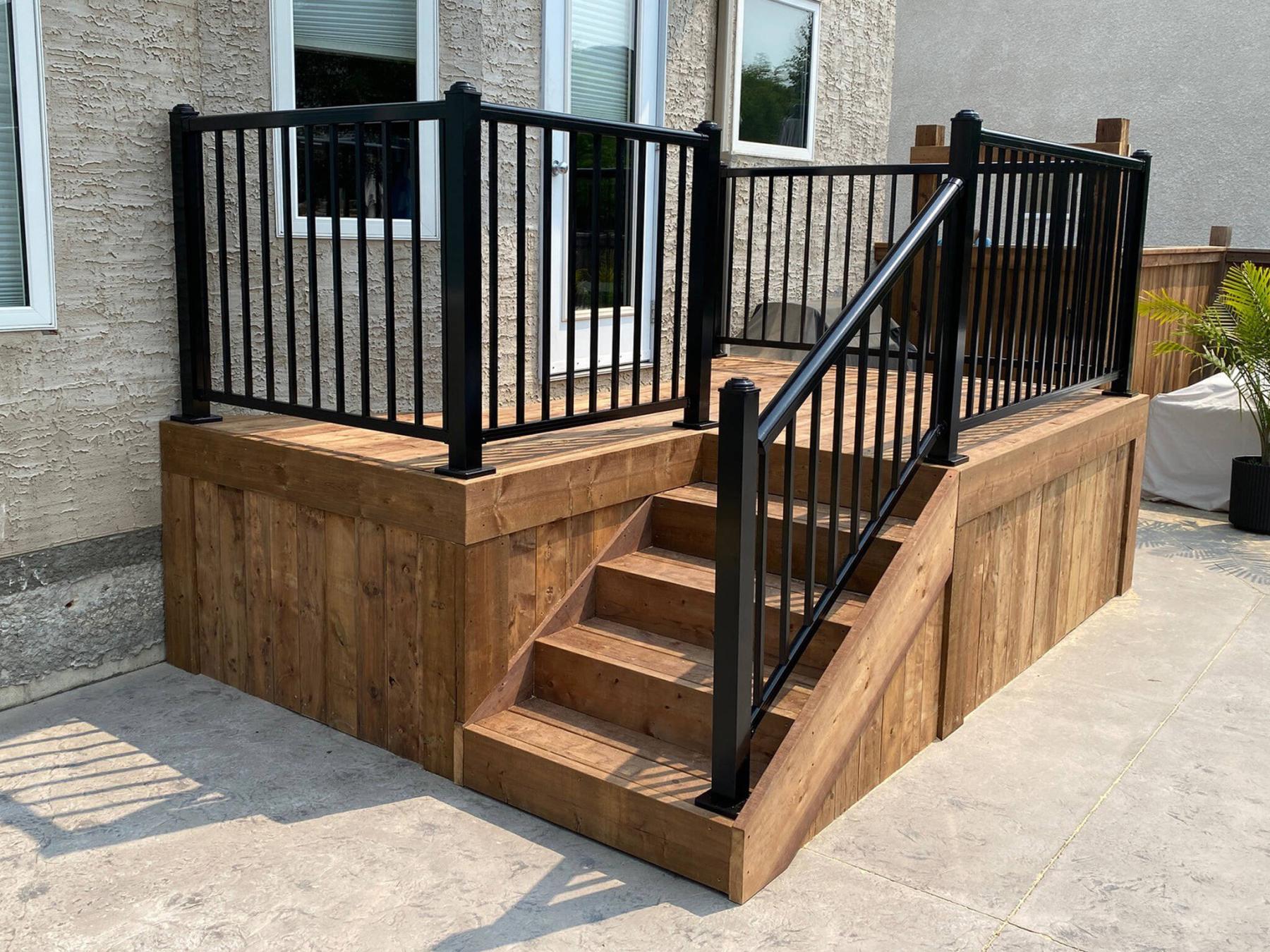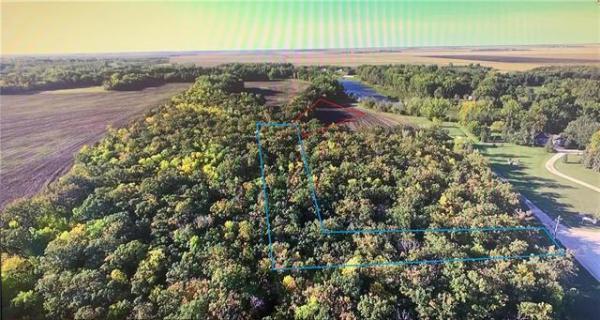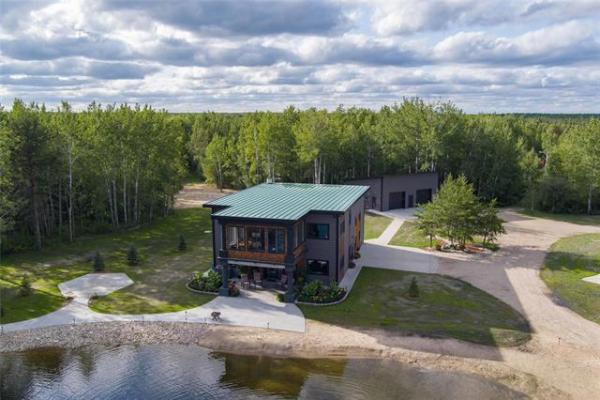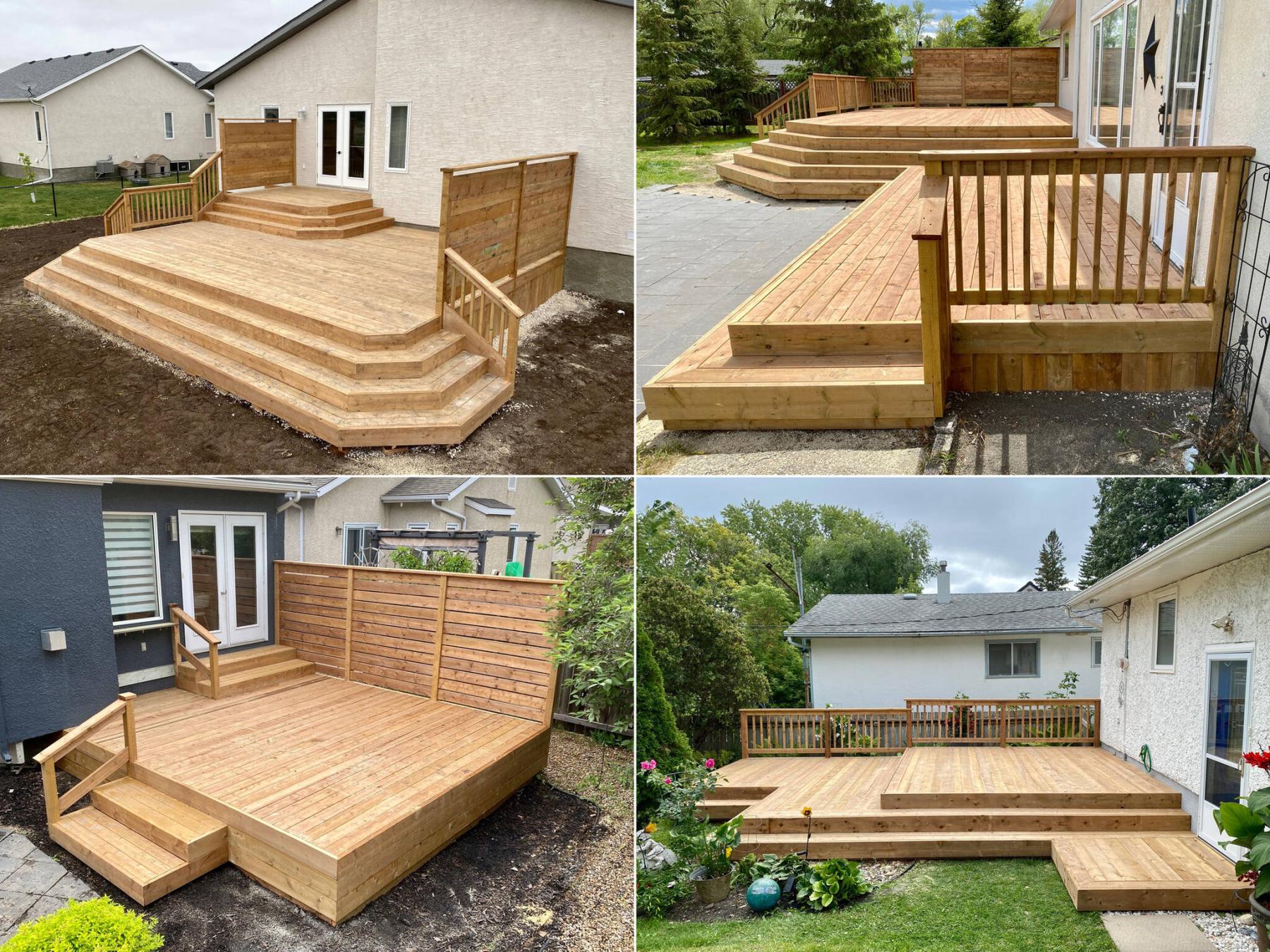
Photos by Marc LaBossiere / Free Press
A sampling of all-treated lumber decks, including railings and privacy walls.
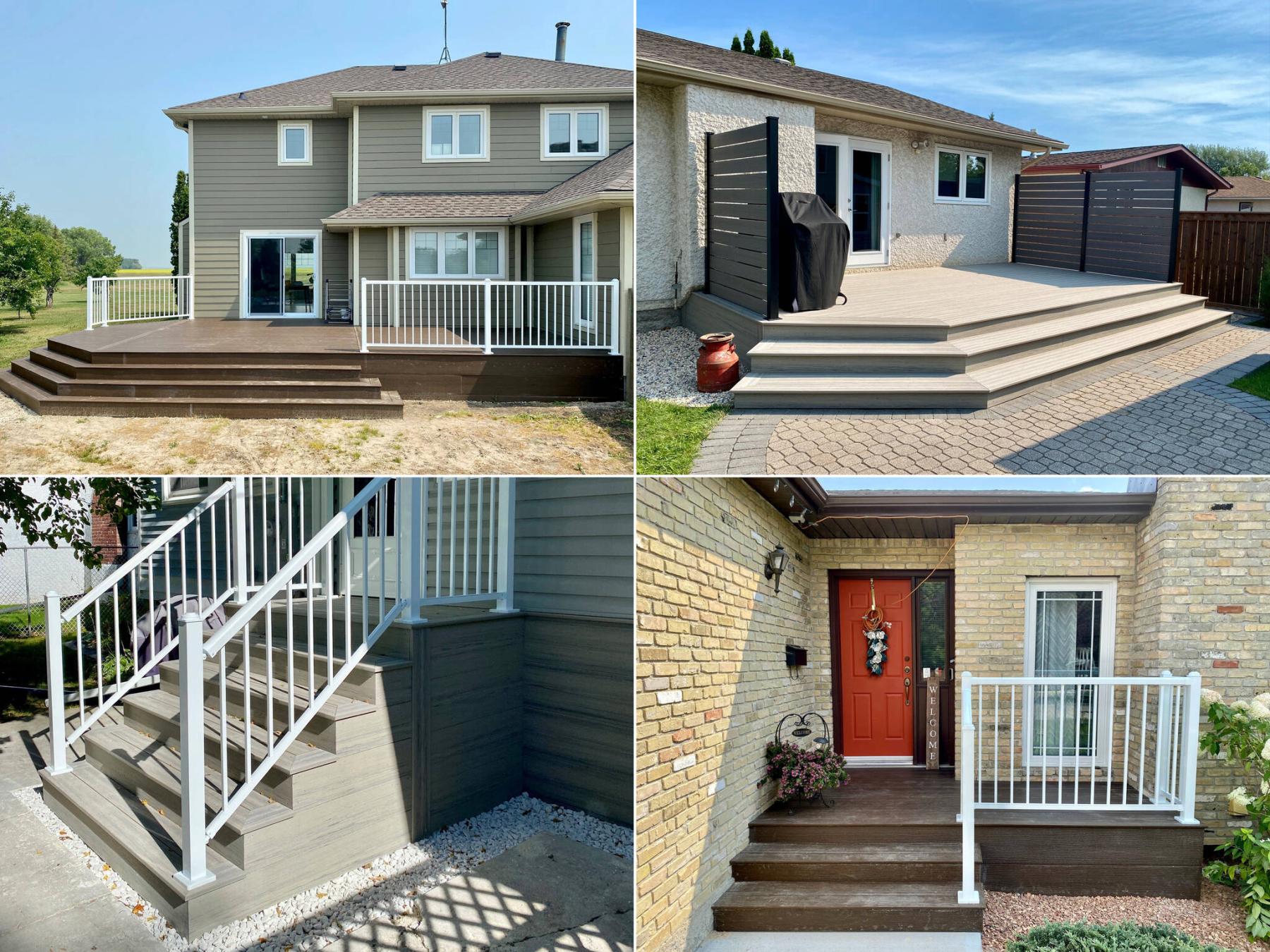
Composite deck designs, including top-mount aluminum railings and custom privacy walls.
’Tis the season when homeowners awaken from their long hibernation and review the potential for various property upgrades.
Whether a landscaping project or some sort of exterior build, the weather is now often conducive for outdoor tasks. When pondering the prospect of a new deck project, there are many aspects to consider beyond cost, and it’s best to do so from the onset.
After nearly two decades of building decks, one question stands out: whether to go with a traditional treated lumber-sheathed deck surface, or the truly maintenance-free composite deck. Personally, I’ve always enjoyed a lumber deck. There’s something romantic about a fully wooden deck that is lost with one that is composite. Moreover, a lumber deck is easier on the wallet. That notwithstanding, there are options with composite products with which lumber simply cannot compete.
Treated lumber these days is usually blond or darker brown — it depends on the mill where the supplier gets its lumber. Treated lumber is just that — a treatment process protects the wood from the elements for a prescribed amount of time, usually 10 years or so. And although homeowners may feel the need to apply a coating of stain or deck oil onto a treated lumber deck early on, this usually leads to regret, as the coating will never properly be absorbed by the wood and will simply flake off within one or two seasons. Until the treatment has visibly faded away — which it will over time — a treated deck can be maintenance-free for several years.
In the case of a fully treated deck, there are a few railings options — the obvious being a fully treated lumber railing, including pickets. Although some builders like to include railing posts as part of the framework, I much prefer to side-mount pre-notched posts along the rough fascia of the deck framework, and fill the gaps between posts with treated fascia. The main railing framework is then built using 2 x 4 horizontal supports between posts, a 2 x 6 cap and 2 x 2 balusters set at no more than four-inch spacing.
If you don’t want a lumber railing, a top-mount aluminum railing system is another option. It allows the main deck surface to first be finished with treated fascia. Then the aluminum railing is installed with the posts mounted to the top decking, with the system’s supports and balusters secured afterwards.
Composite decks provide a variety of style and colour options, each with its own price point, and cost is an important aspect here. Although decks are always primarily built using treated lumber, whether topped with treated or composite, the manner of joist may differ from one to the next.
A fully treated lumber deck using 2 x 6 top decking may only require joists on 24-inch centres, whereas most composite boards require a minimum of 16-inch centres, with a few at 12-inch centres (when the underside of the composite board is scalloped). Although treated lumber top-decking is generally less than $2 a lineal foot, most composites start at $3.50 per foot, and can reach exorbitant amounts nearing $12 or so. Moreover, if the more expensive board requires more joists to support it, the framing costs will also be affected.
Another thing to consider: darker composites can get very hot in the sun, hot enough to make it nearly unbearable to walk on them barefoot. And if the deck is used through the winter months, some composite surfaces can get very slippery.
Unlike the railings options provided by a fully treated lumber deck, most railings appropriate for a composite deck are top-mount systems, such as the aforementioned aluminum railings. Although there are side-mount railings designed for composite decks, the top-decking for most composite decks includes picture-framing, which allows a one-inch overlap protrusion along the perimeter of the deck surface, which would then need to be notched for a side-mount railing. As such, the top-mount railing is a much cleaner, less-obtrusive installation. And although aluminum pickets are cost- effective, a glass-panel-style railing is an attractive upgrade, which will again raise the overall costs.
Beyond the cost differences involved in a deck project, deck design should be thoroughly evaluated so that it meets homeowners’ functionality requirements. Once the deck layout has been chosen, the decorative sheathing is simply a matter of preference. And although a certain “look” may be desired, cost can become a huge factor in finalizing the decision.
Once you do the proper research and come up with an acceptable budget, the entire process will come together.

